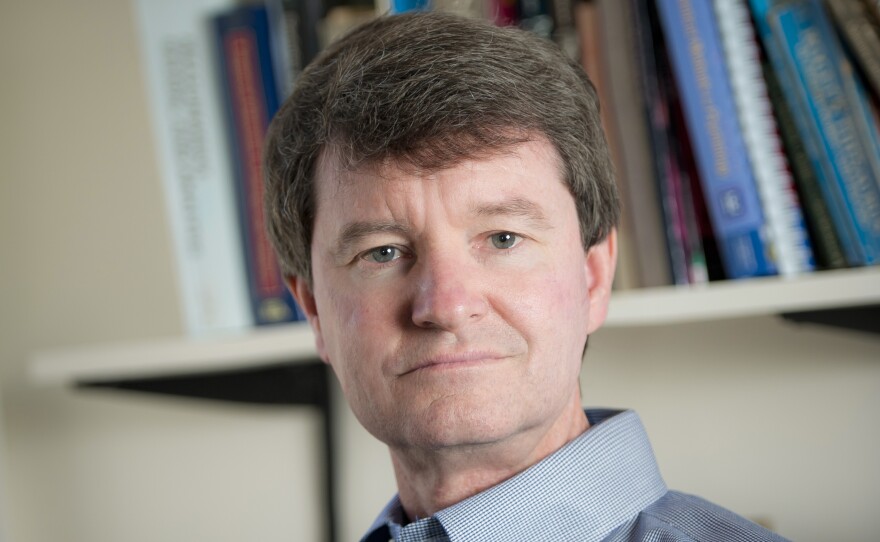Eyewitnesses can be an accurate tool in connecting suspects to crimes if the witnesses are confident in their earliest testimony, according to a UC San Diego study published Monday.
Psychology professor John Wixted and his co-authors examined 348 real-life photo lineups administered by police in Houston in 2013. They found the more confident an eyewitness was in her first identification of a suspect, the more accurate the identification.
That contradicts some earlier studies that found little to no link between witness confidence and identification accuracy. Wixted said those studies were often based on lineups administered well after the crime took place, when the eyewitness's memory had faded.
Other factors also inflate a witness's confidence: The police may congratulate the witness on picking the person they had suspected, for example. The witness then testifies in court with high confidence, even if he was originally unsure of himself, and the jury convicts.
"Then the Innocence Project comes along and does a DNA test 15 years later, and discovers that that's an innocent person," Wixted said. "That's how a lot of wrongful convictions happen. In fact, a majority of them started with low-confidence identifications."
Courts have instructed juries to disregard eyewitness testimony, even when the eyewitness identified the suspect early on, and with high confidence. Wixted said that amounts to "throwing the baby out with the bathwater."
"It's a mistake for the legal system to increasingly disregard a variable with that kind of information value," he said. "It both protects the innocent and imperils the guilty. It is what you want."
The study also found more accurate identifications when witnesses are shown the lineup of photos simultaneously, rather than sequentially, and when the lineup is double blind — meaning neither the witness nor the police officer knows which photo shows the real suspect.







